Wednesday 8th to Saturday 11th March 2017
We left the mooring buoy at Balboa yacht club at 6.30am on a still, windless morning and motored out into the smooth, glassy sea. Keeping well to the edge of the buoyed channel we passed large cargo ships on their way to and from the Panama Canal and left behind the high skyscrapers of modern Panama City as we headed towards Las Perlas islands.
Las Perlas are an archipelago of about 15 islands and numerous islets, 35 nautical miles southeast of Panama. They were named by the Spanish for the pearl oysters found in the seas around, Queen Mary Tudor having had the 31 carat “peregrina” pearl from these islands. They are a day’s sail from Panama and yachts heading for the Galapagos and beyond commonly stop here for a few days or longer. Most of the islands are uninhabited apart from large colonies of frigate birds, pelicans, cormorants and other seabirds. The smaller islands are low, covered with lush vegetation and fringed by silvery or black sand beaches. Reefs of jagged volcanic rock and shoals extending out from the shore mean that you have to navigate the narrow channels between the islands with care, posting a lookout on the bow, especially as the existing charts of the Perlas are very inaccurate. After the Caribbean which has an insignificant tidal range we also had to start factoring in the tidal range on the Pacific side of Panama which can be up to 5 meters, and with stronger currents than on the Caribbean side.
As we approached the Perlas we were surrounded by pelicans fishing, dive bombing from a height into the water then disappearing for a few seconds under the surface before reemerging, often with a fish in their large ungainly looking bills. Despite appearances they are elegant in flight and skilful fishers.
There were other birds apart from pelicans and I have to include these two gulls:
…. and my favourite bird here, a frigate bird:
We dropped anchor in a small bay off Isla Bayoneta next to a schooner named Bucanero and our new neighbours soon came over to invite us to join them for a rum on board. Manu, a Frenchman with long dreadlocks who bore a passing resemblance to Jonny Depp, couldn’t understand why we were in such a hurry to get on to Galápagos, especially as there would be no wind for the foreseeable future. He had spent years sailing around Central America and now with girlfriend Manuela and husky dog Buca was doing up his boat to take paying guests.
We explored the tiny Isla Vivienda with huge black volcanic boulders edging the silver sand beach before sailing down the east side of the largest island, Isla Del Rey, passing between the mainland and the pretty island of Espíritu Santo, anchoring for the night off the south of Isla Cañas.
On the beach a tree trunk, stripped clean by the wind and sea, formed an impressive sculpture of a man, with strands of blue and green nylon rope for hair, but it was sad to see just how much plastic rubbish had been washed up on the shoreline.
The next day we stopped in a bay to the south of the Isla del Rey and took the dinghy up the river Cacique, turning off the outboard motor to allow the incoming tide to silently float us up through the forest. Crabs scuttled down the roots of mangrove trees, birds swooped low across the narrow river, the occasional loud splash by the river bank signalling the presence of some larger, unknown creature – it was a magical experience.
As we left the river we disturbed scores of pelicans who took off in unison from the beach.
In the late afternoon we anchored by the fishing village of Esmeralda.
Boys in dugout canoes came out to meet us, clinging to the side of Vega, laughing and joking as they climbed all over our dinghy. Small fishing boats unloaded their catch into a larger boat to be refrigerated, whilst frigate birds swooped close by watching for scraps. Ashore in search of water, diesel and fresh fish we only succeeded in finding water and filled our containers from the village tap. The village seemed incredibly poor and there was little to buy in the village shop but the people were friendly and returned our ‘Holas’. As we returned to the dinghy we were mobbed by children eager to carry our containers along the beach, wanting their photos taken and to get dollars for their help.
The next morning we set off in 2 to 3 knots of wind for the 850nm sail to the Galápagos. It should take between 9 and 14 days depending on the wind and whether we decide to motor if there isn’t enough wind.
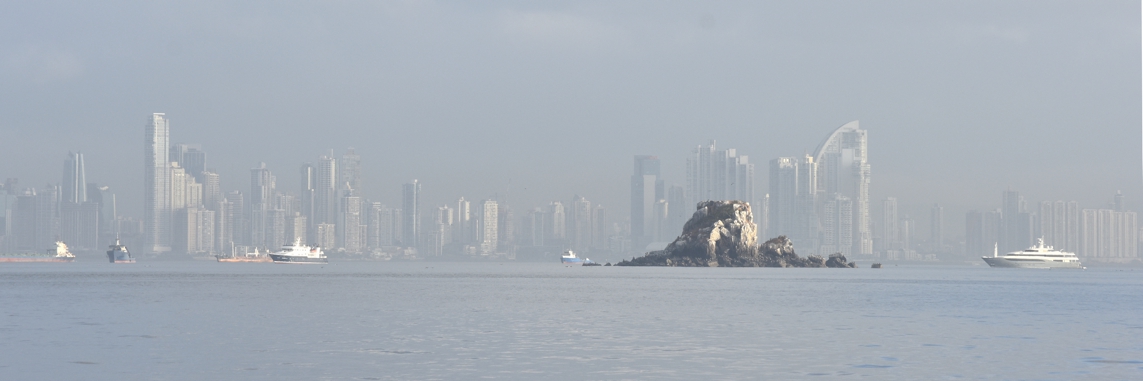

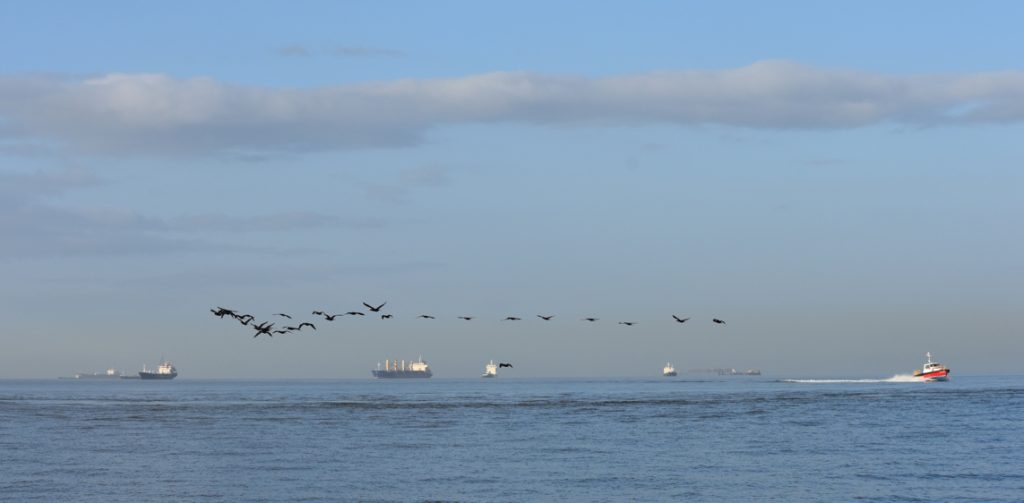
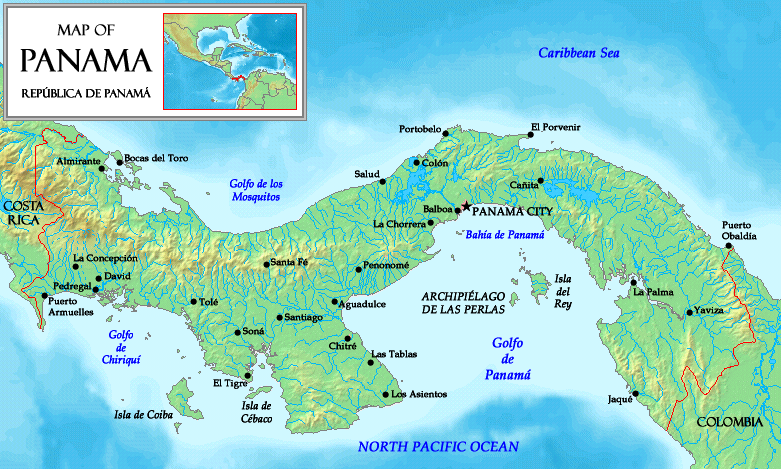

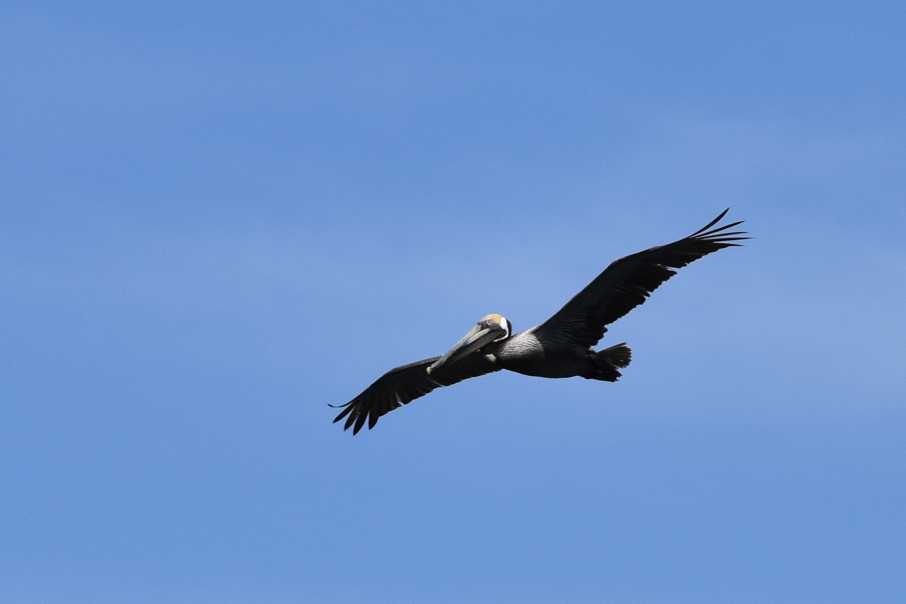
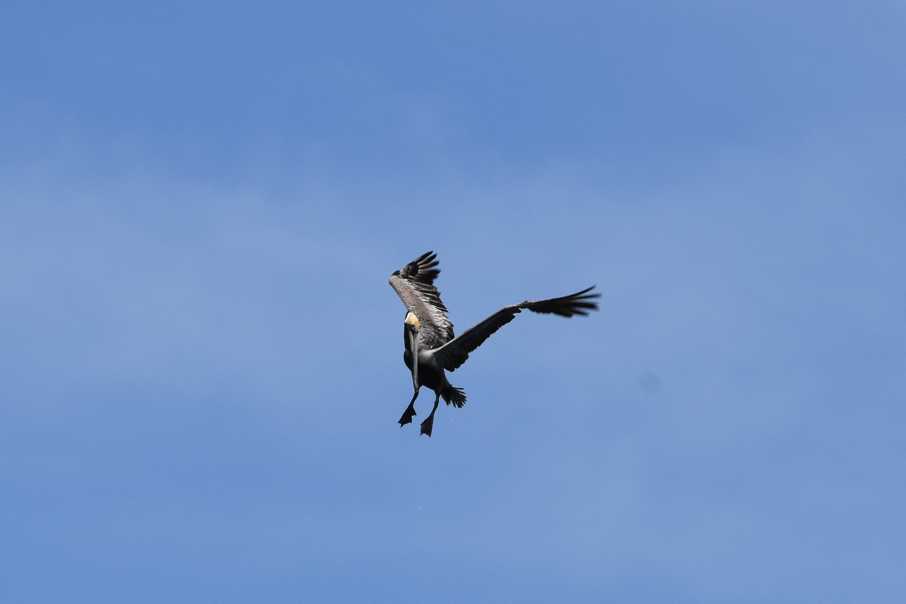
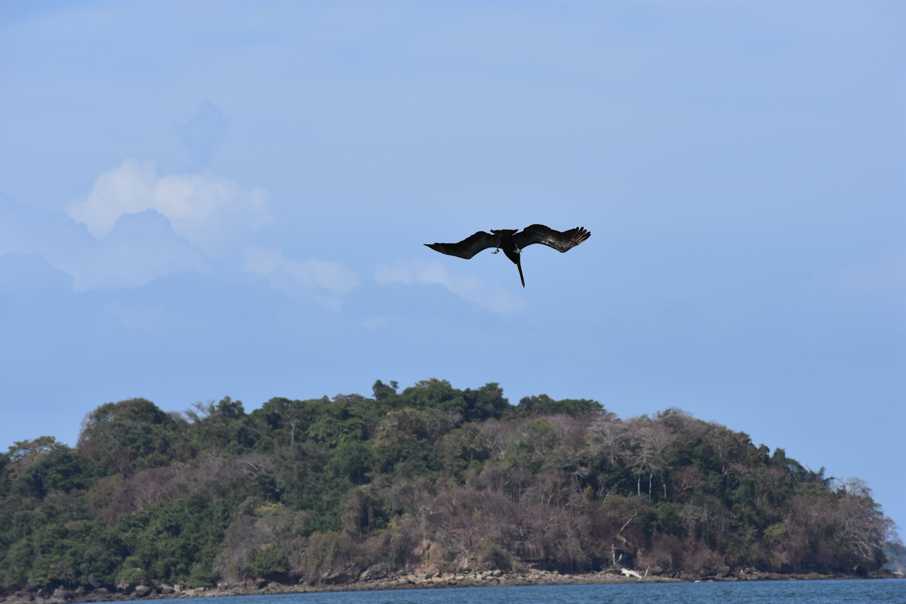
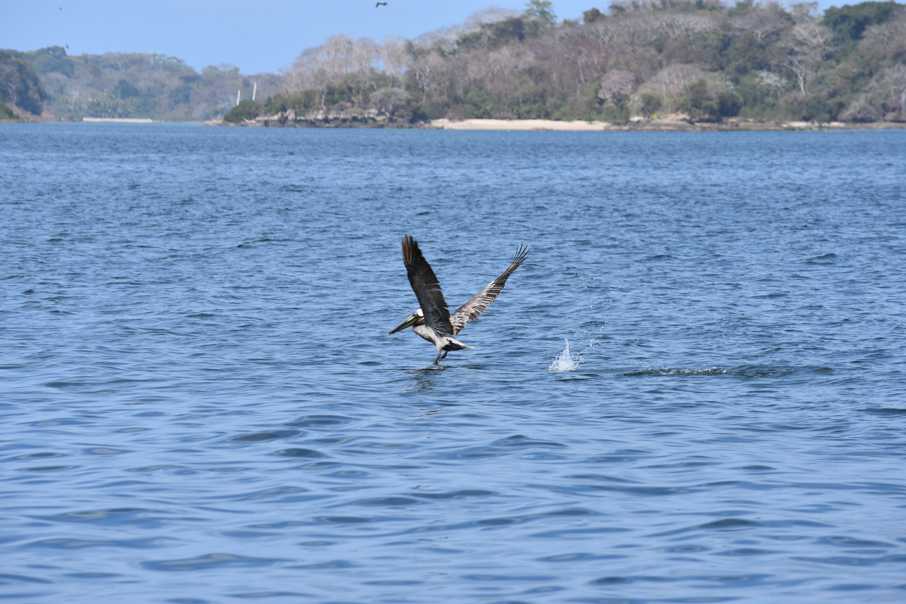
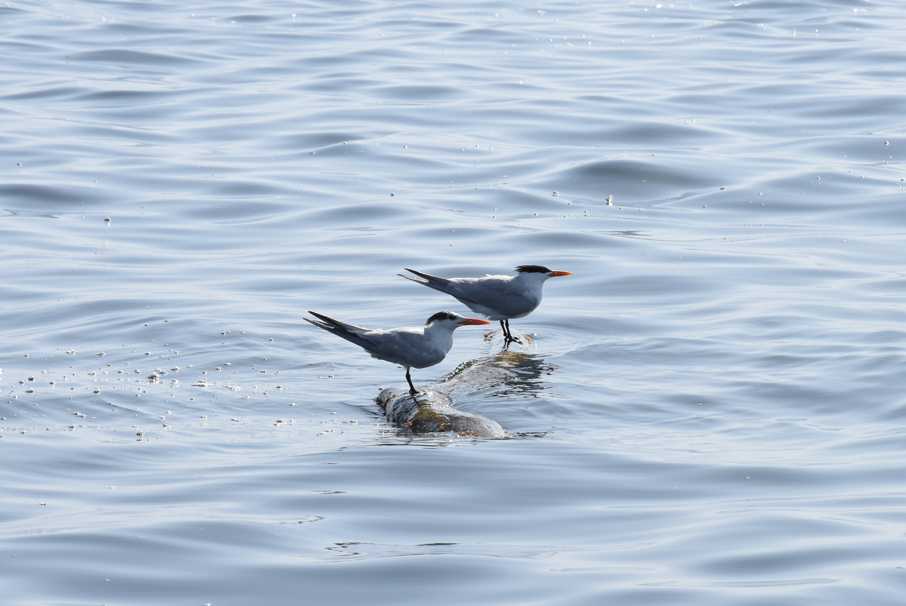
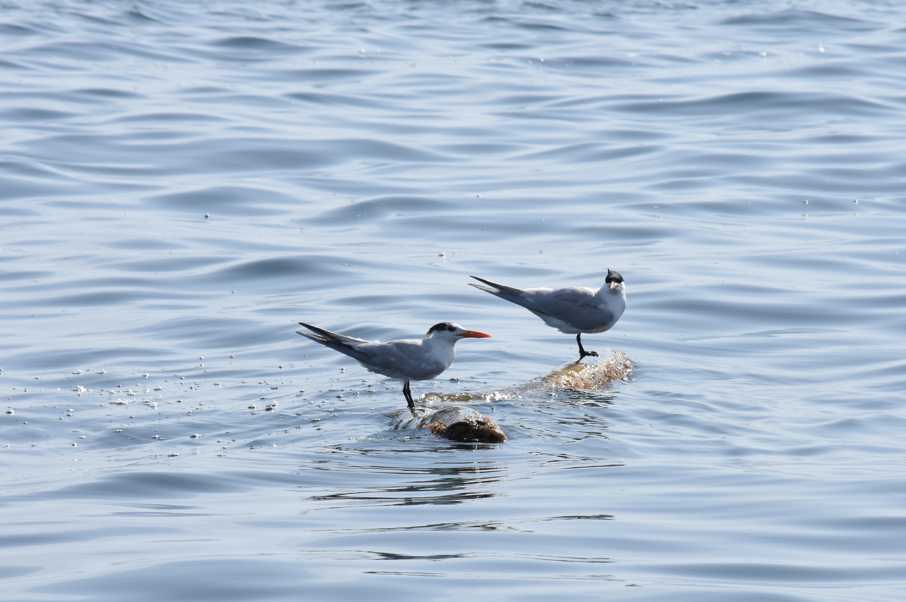
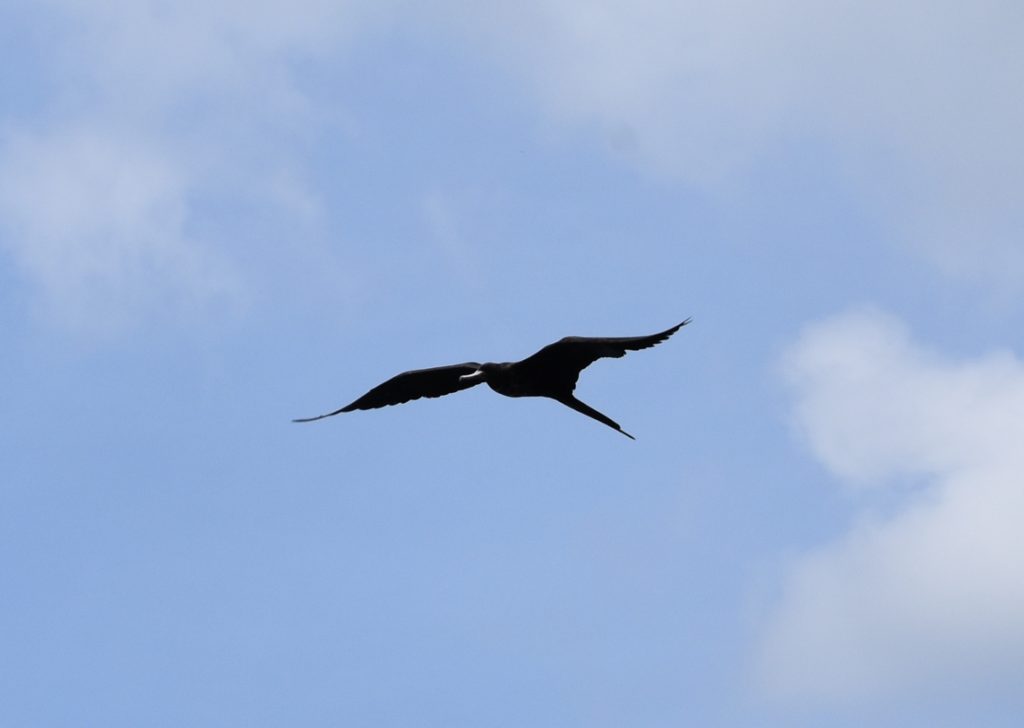
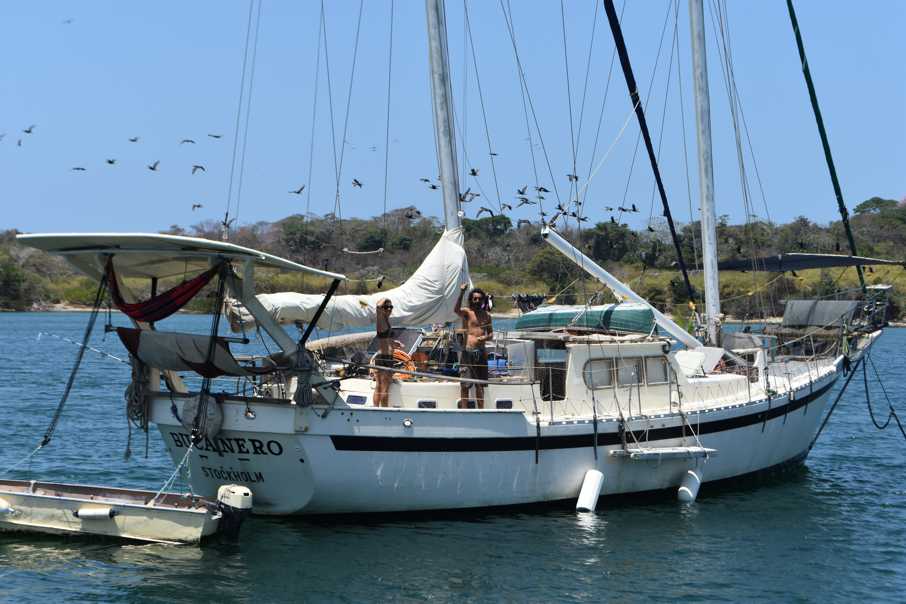

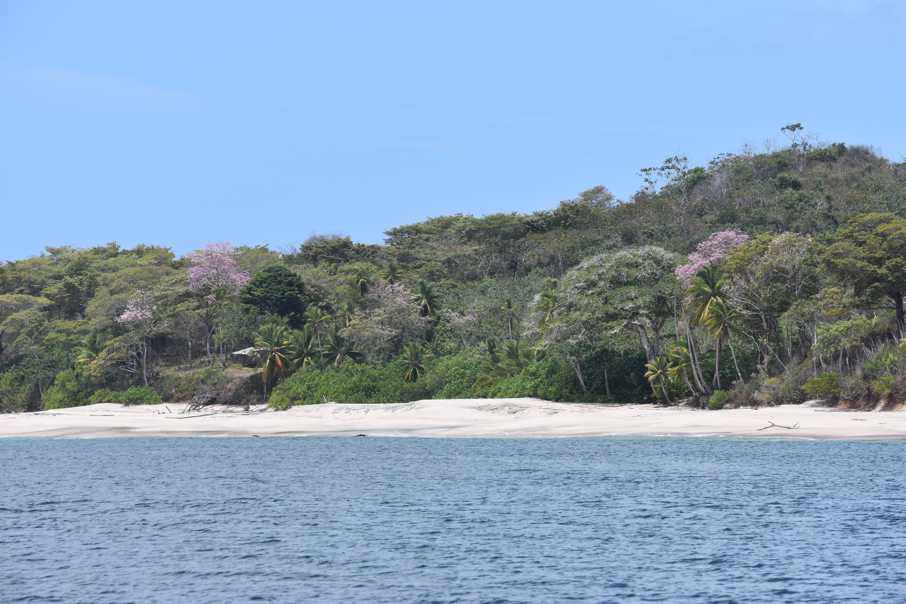
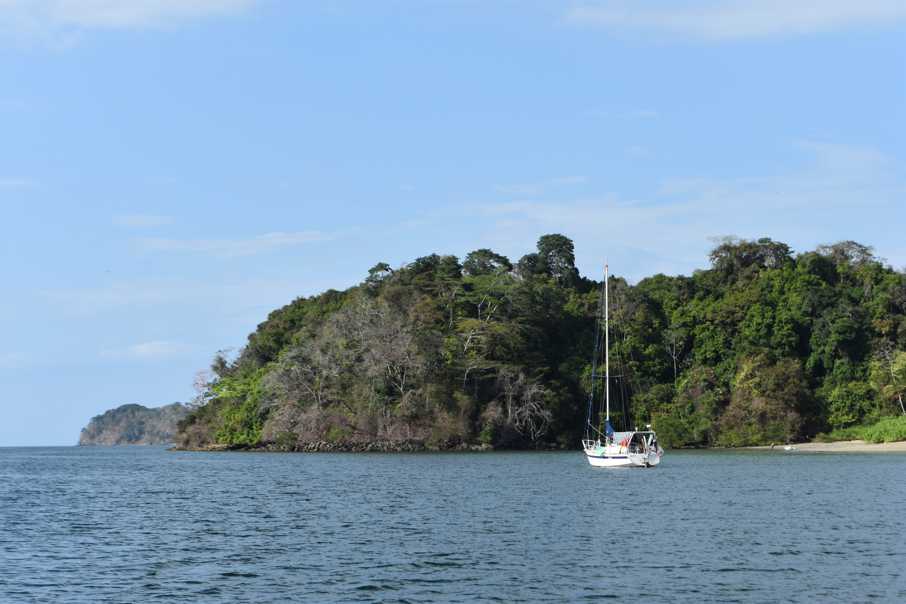

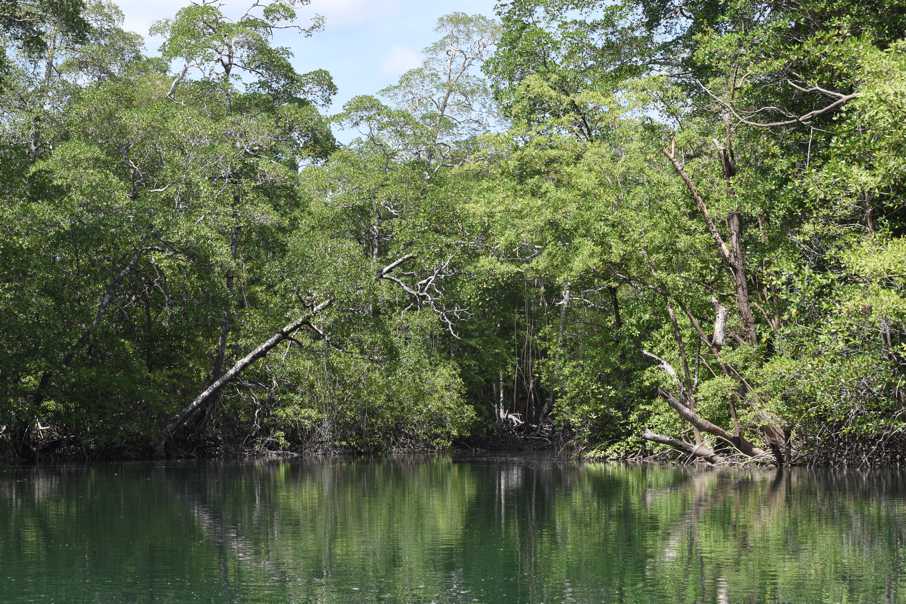
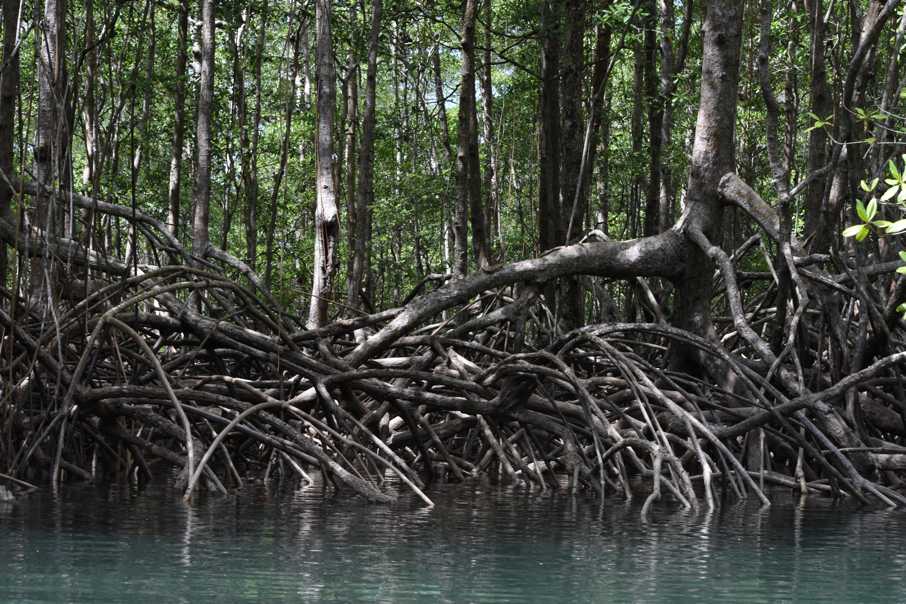
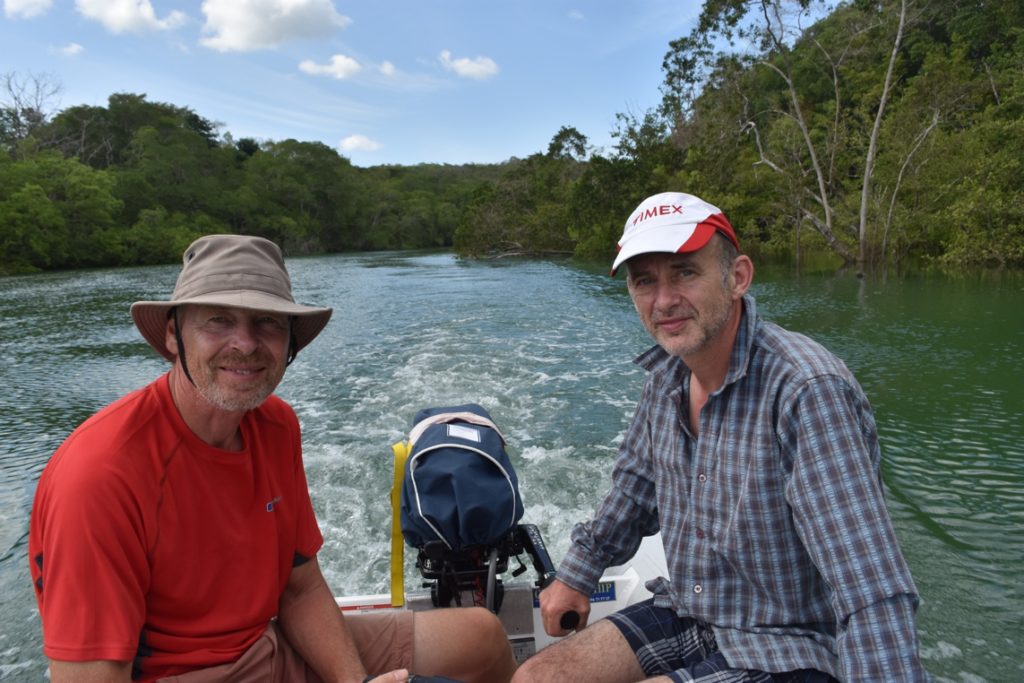
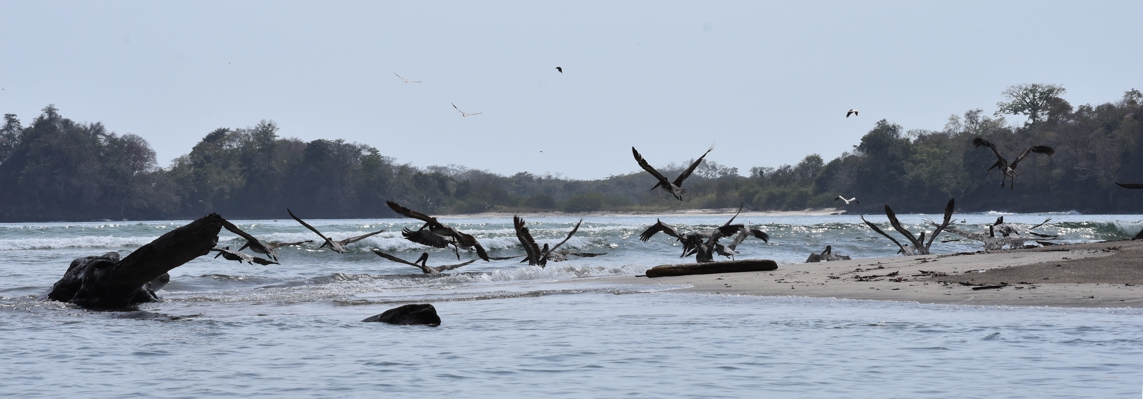
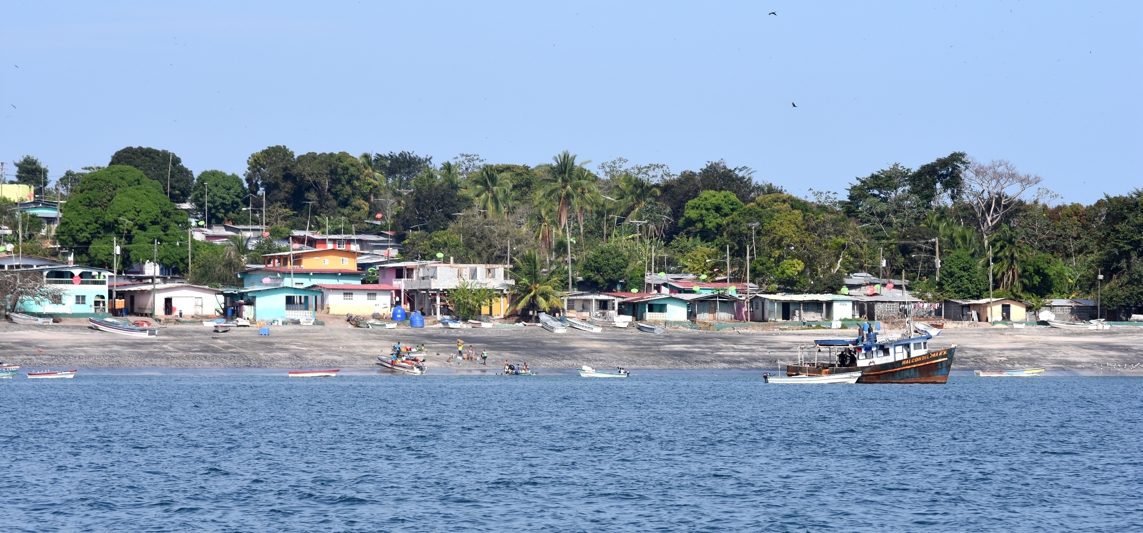
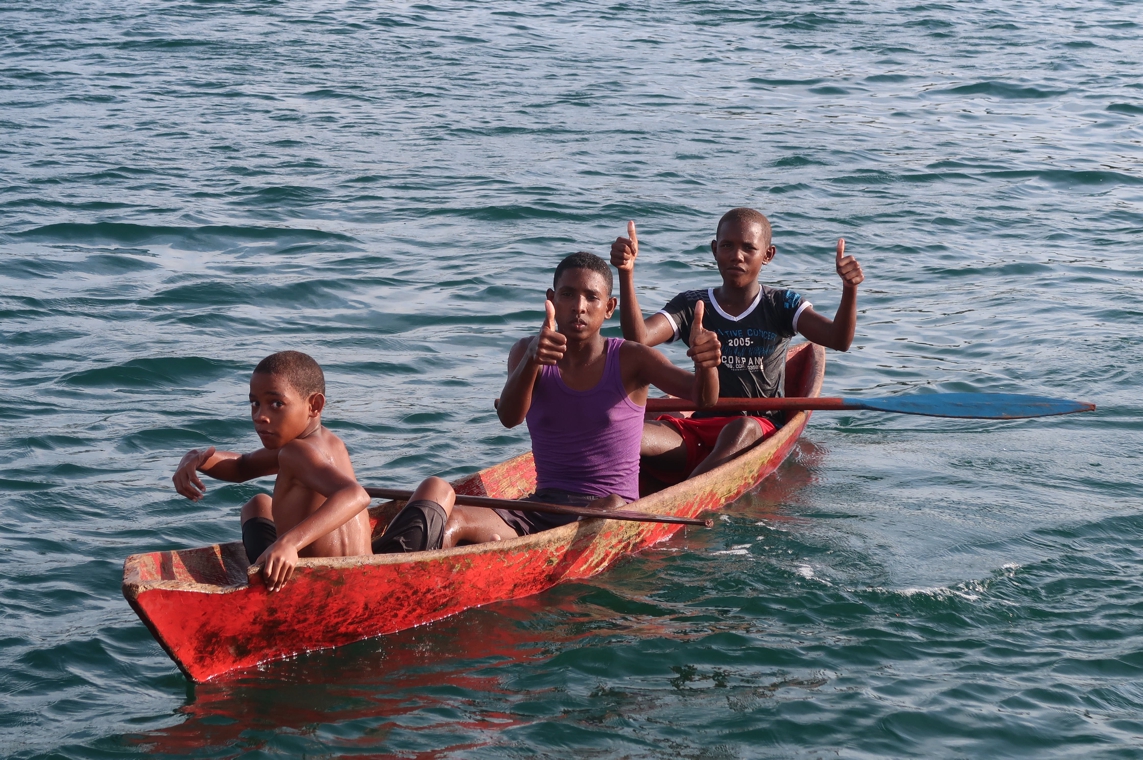
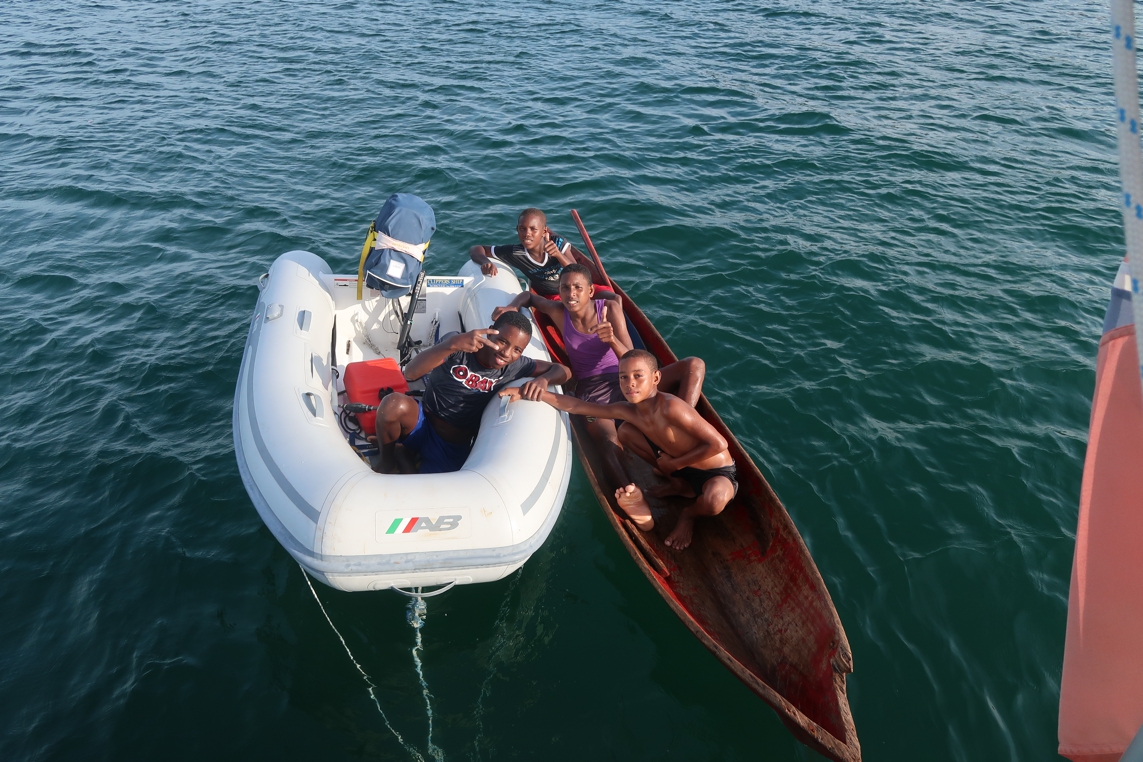
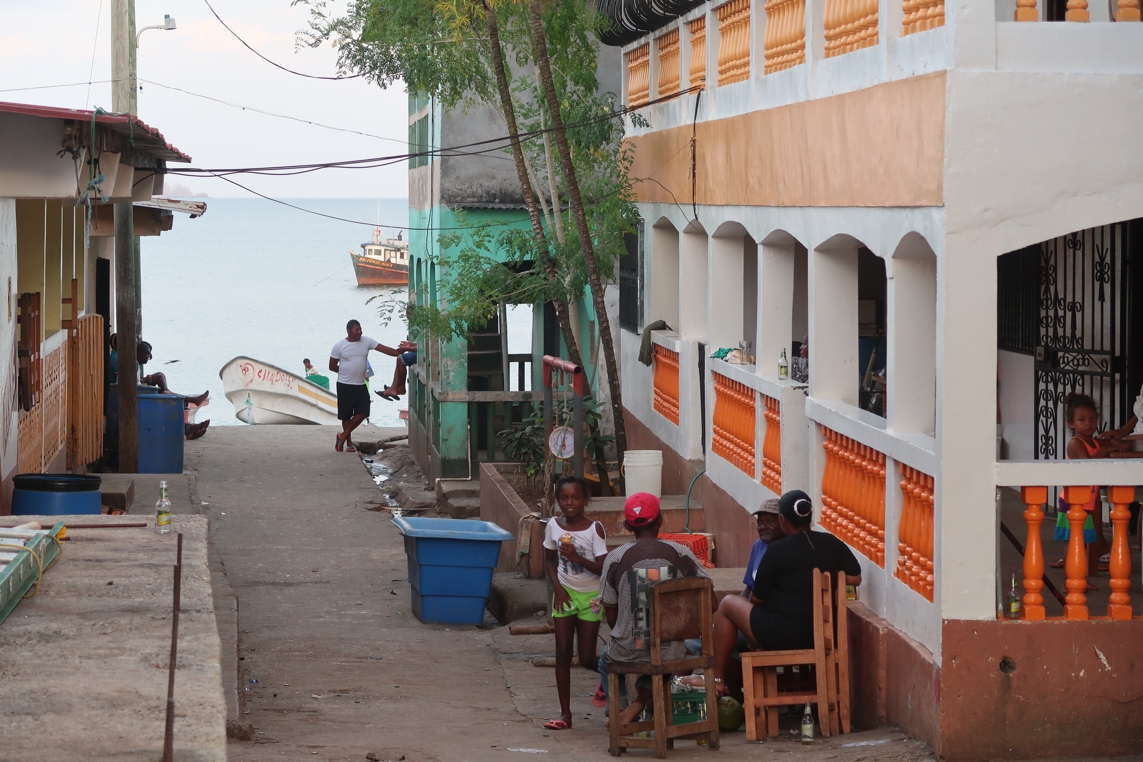
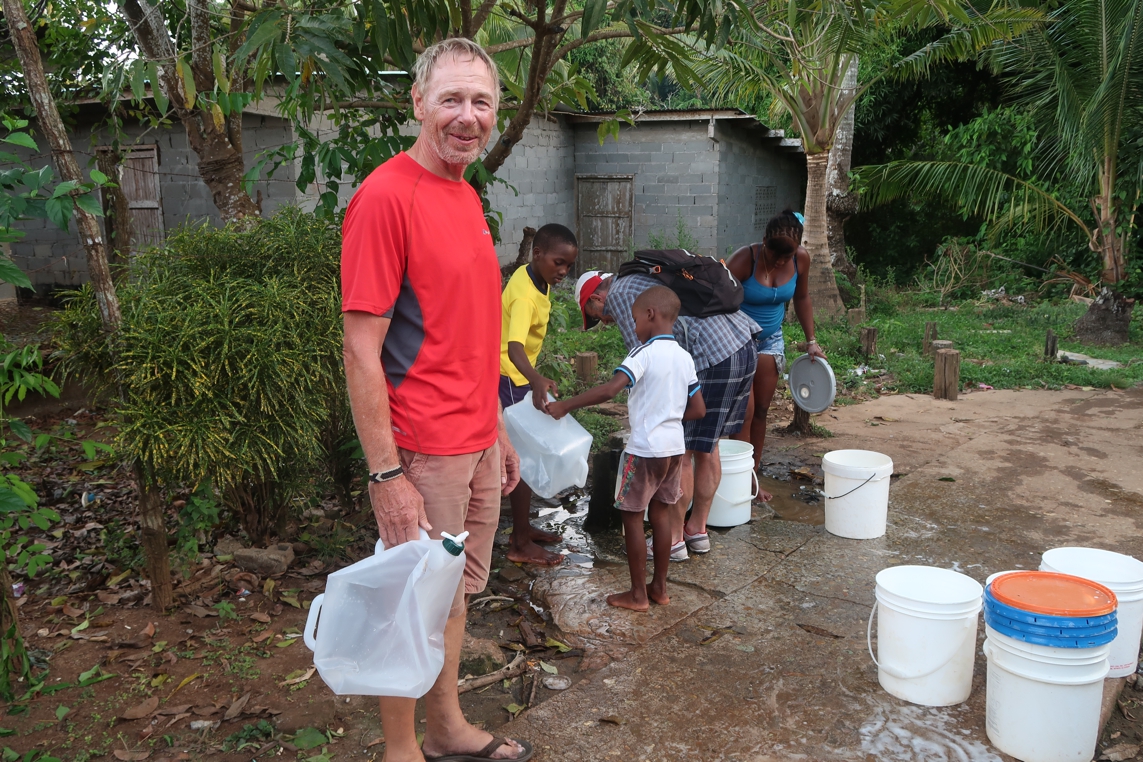
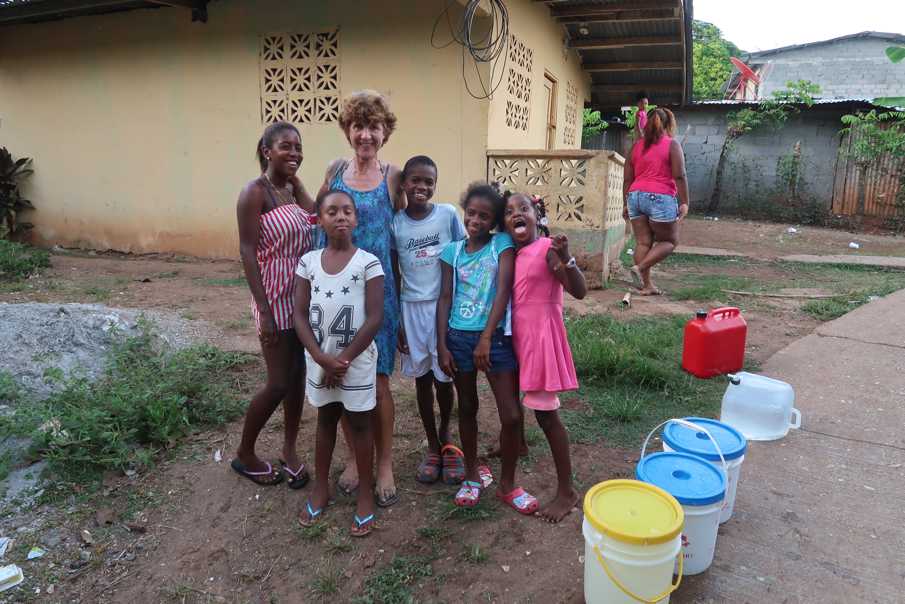
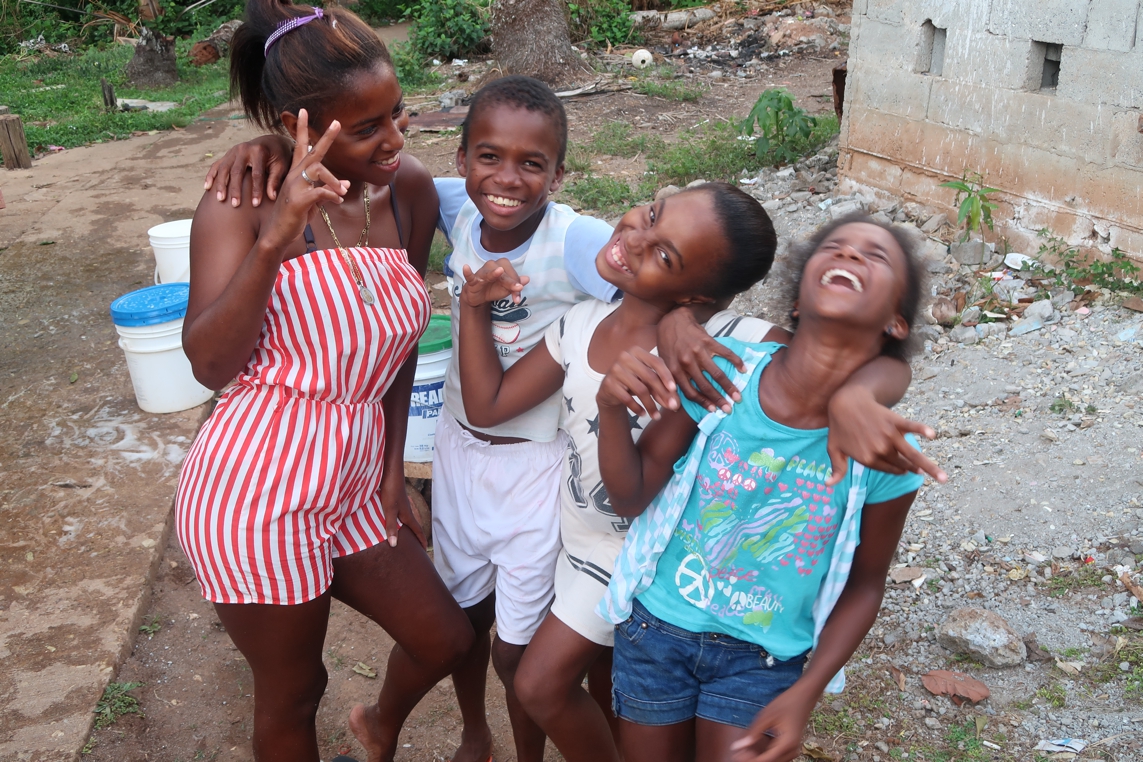
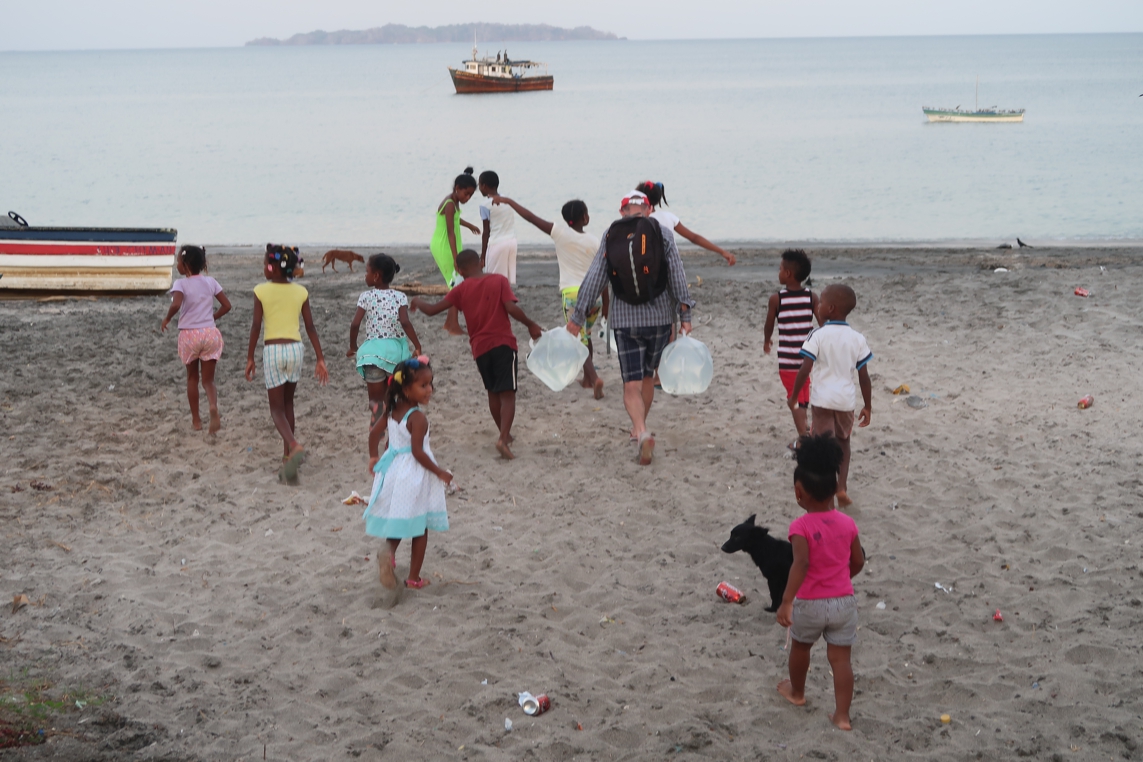

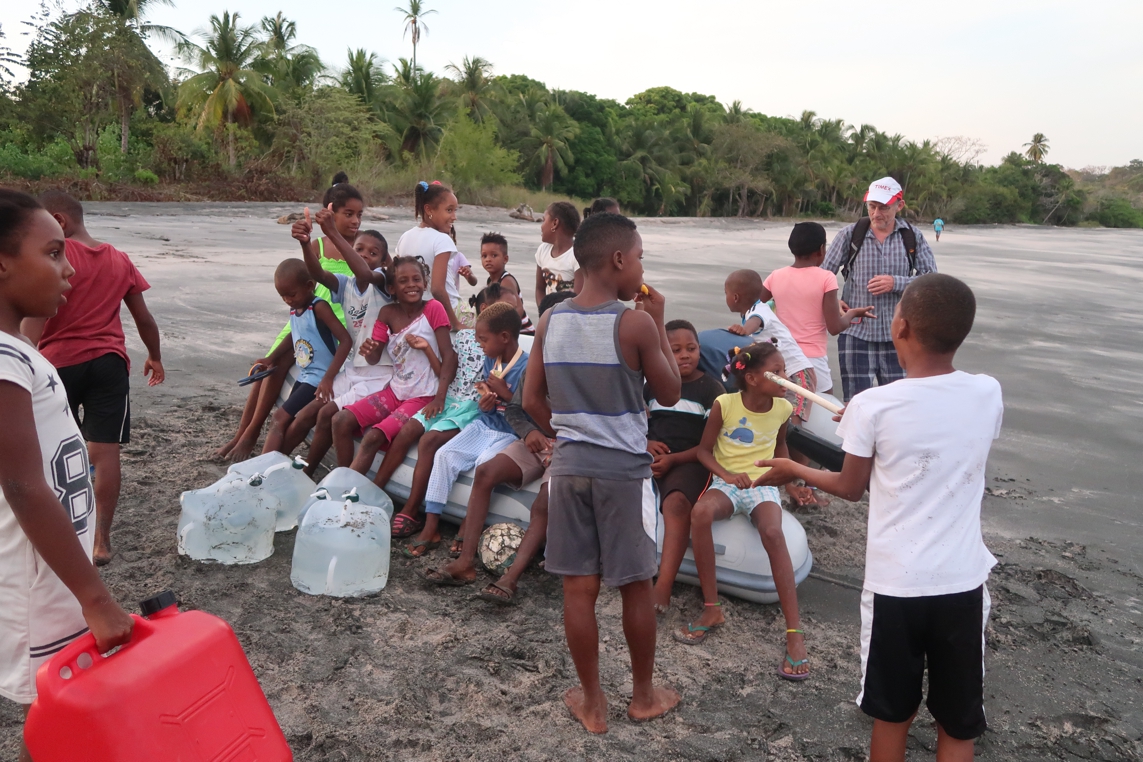

4 Comments
annie
April 6, 2017 - 9:11 pmDo you know what the heritage is of the people of Esmeralda? Beautiful kids.
annie
April 9, 2017 - 1:37 amWhen the Spanish arrived in the islands in the 16th century they forced the indigenous people (those who weren’t wiped out by the diseases they brought) to work searching for pearls. They later brought slaves from Africa. So the people are a mix – some people look more Hispanic xx
Liz Billington
April 7, 2017 - 8:58 amWhat beautiful children – and they look happy and full of fun!!
annie
April 9, 2017 - 1:38 amThey were great fun… full of laughter xx